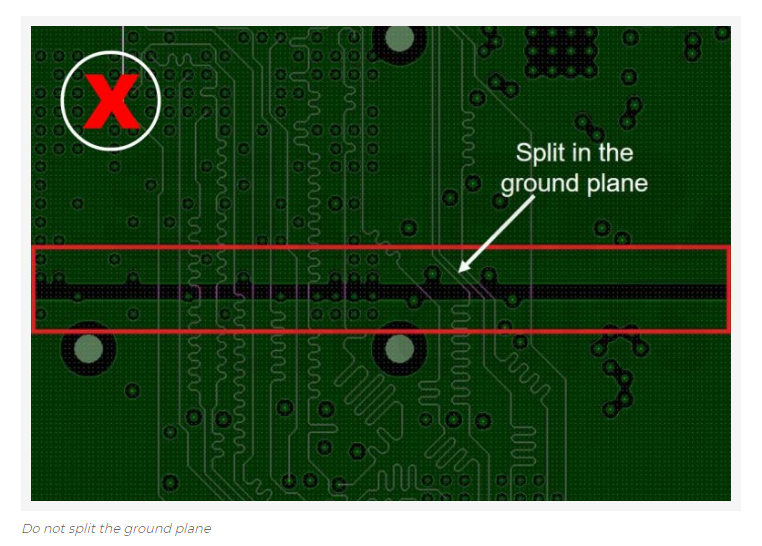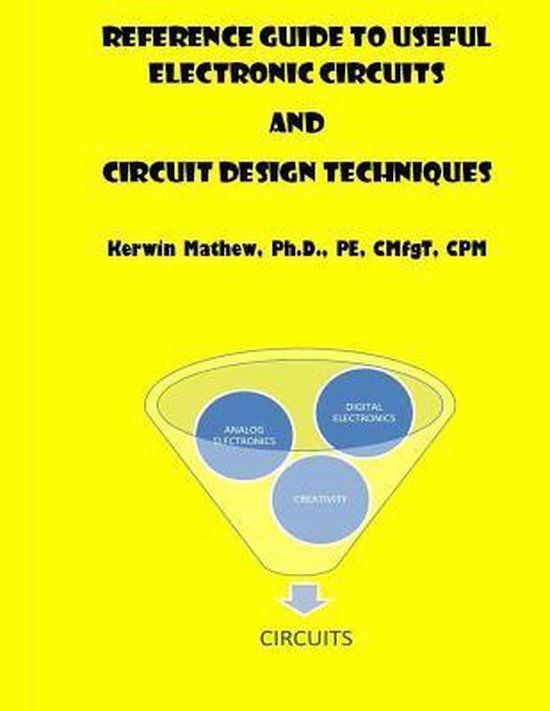10 Best Electronic Circuit Design Practices for a Successful Prototype Circuit Diagram Digital circuit design is a vital aspect of electronic engineering that requires a thorough understanding of principles and best practices. By defining clear objectives, adopting structured methodologies, prioritizing simulation and testing, and considering power efficiency, engineers can enhance their designs and achieve success in their projects. Electronic hardware design is the process of designing and developing electronic circuits and devices for a wide range of applications. This includes everything from consumer electronics like smartphones and laptops to industrial control systems and medical devices. By following best practices, selecting the right components, and testing

Here are our 8 best electronic circuit design practices.1. Define specification and build block diagrams. Develop a detailed specification that covers all as Whether you're an electronics enthusiast, hobbyist, or seasoned expert, ensuring reliability in your designs isn't just an option—it's a necessity. This article discusses some of the best circuit design practices to enhance durability and efficiency. 1. Fundamental Principles of Electronic Circuit Design Understanding Circuit Requirements Designing electronic circuits can be a daunting task but if these practices are followed diligently along with correct documentation, you will be able to hone the necessary skills. Share your best electronic circuit design practices, experiences, top tips, and your queries on our SierraConnect forum.

Circuit Designing Guidelines, Key Rules and Best Practices Circuit Diagram
The electronic circuit design process involves the creation of electronic circuits, which can vary from individual transistors within an integrated circuit to more complex systems. 10 Easy Electronic Circuit Design Steps and Practices. Maintaining return pathways as short as possible is critical for best performance. 7. Protect Against

The best electronic circuit design practices include defining detailed specifications, utilizing appropriate resistors, integrating microcontrollers, reducing power consumption with PWM signals, implementing safety measures, selecting suitable components, thoroughly documenting designs, and conducting extensive testing and simulations. Discover key rules and best practices for circuit designing. Learn about planning, simulation, component selection, PCB layout, power distribution, and manufacturability. Circuit designing is an essential skill in electronics, enabling the creation of devices ranging from simple gadgets to complex systems.
